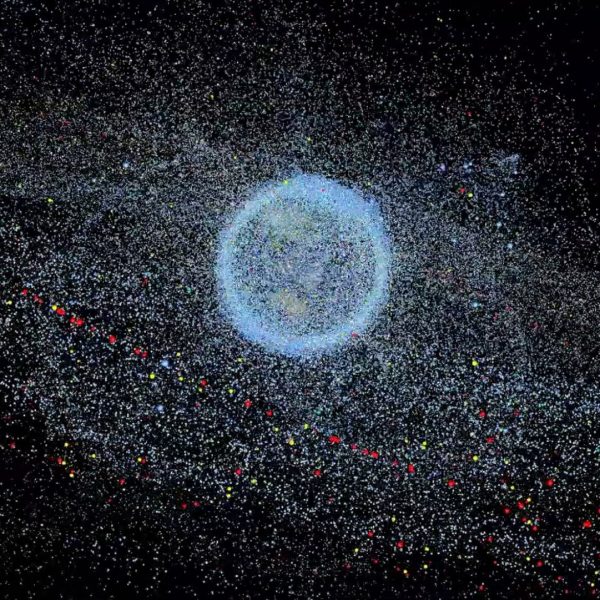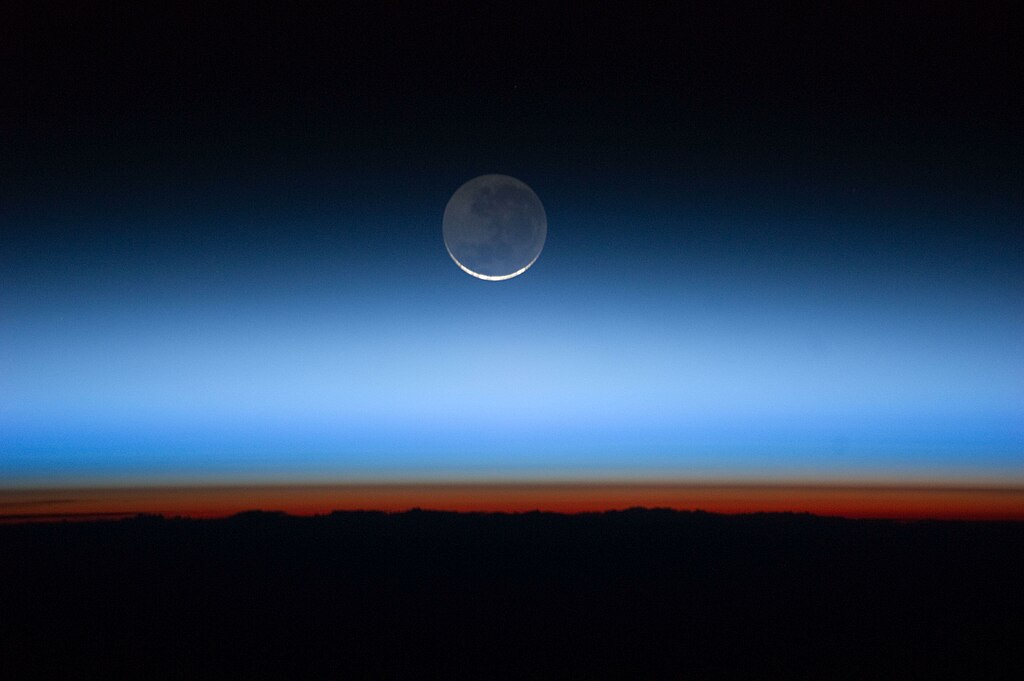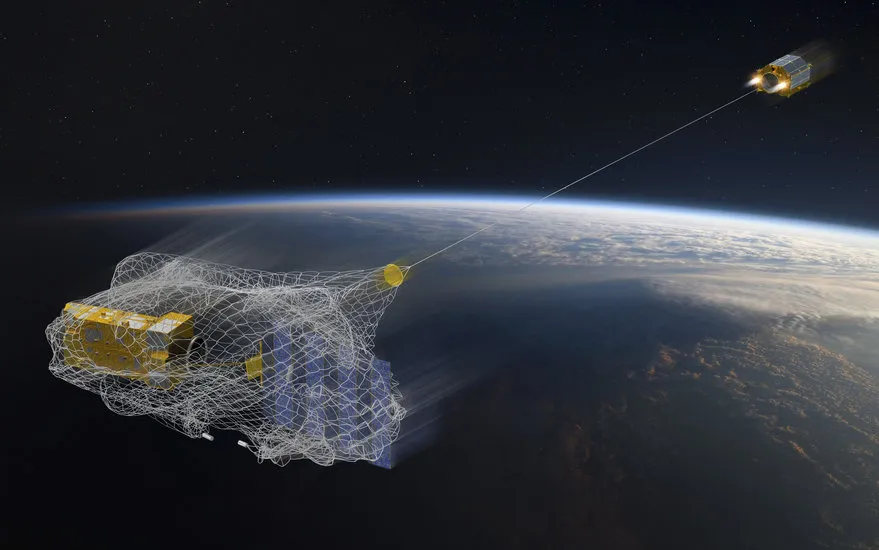What is the "space environment"?
“Space environment” is a general term that doesn’t have a precise definition. It is often taken to mean the realm of the cosmos beyond the Earth where there is some evidence of human presence or influence. Some see this as the region between the top of the Earth’s atmosphere and the location of the most distant space probe. That covers all the Solar System and a little beyond. In most instances it refers to the immediate surroundings of the Earth in space.


Space debris
Space debris, also called orbital debris or ‘space junk’, consists of inactive objects in Earth orbit. This material comes from a variety of sources. These include objects and particles shed from either functional or derelict satellites; discarded space launch hardware; and the fragments resulting from collisions between objects. Today over 25,000 objects larger than 10 centimeters in size are known, and that number is increasing.
Space debris presents two major concerns for astronomers. First, more debris means a greater risk that some of it will collide with an active space astronomy mission. If debris objects become too numerous, it may be impossible to launch spacecraft without the imminent risk of their destruction. And second, debris can leave bright ‘trails’ in astronomical images or even elevate the diffuse brightness of the night sky itself. Debris is therefore changing the appearance of the night sky and may compromise the quality of astronomical data.
Concern for the terrestrial environment
As astronomers, we also care about how space debris affects the Earth’s environment. The space environment is connected to what happens on the ground. Both scholars and practitioners increasingly recognize a continuum of “environment” from Earth to space. Metals from re-entering spacecraft may pollute the upper atmosphere, upsetting our planet’s energy balance. Hardware, some of which contains toxic material, that survives re-entry is often dropped into the oceans. Materials from spacecraft may end up trapped in the Earth’s radiation belts with unknown consequences. These changes have the potential to affect all humanity, thus it is important to address the problem of space debris proactively.


What can be done
Working with the commercial space industry, governments and others, astronomers are helping find solutions. We must determine ways to limit the production of new debris and clean existing debris from orbit.
There are many promising potential approaches. Companies can take positive steps to reduce the production of new debris. One way is to responsibly de-orbit spacecraft when they reach the end of their useful lifetimes. Another is to invest in research and development of new materials that shed less debris on orbit. Future satellite engineering improvements may result in a need to launch fewer satellites because they have longer lifespans. Governments can support fledgling efforts to actively remove existing debris. In concert with operators, they can enable better and more reliable management of orbital traffic. And they can enact new laws governing outer space activities with the goal of reducing the number of new debris-generating events.

More Information and Resources
Learn more about this topic on the following links:
- About Space Debris (ESA)
- Space Debris (NASA)
- A Brief History of Space Debris (Aerospace Corp.)
- Tracking Undetectable Space Junk (Univ. of Michigan)
- Inter-Agency Space Debris Coordination Committee
- Space Debris Mitigation Guidelines (IADC)
- Zero-Debris Charter (European Space Agency)
